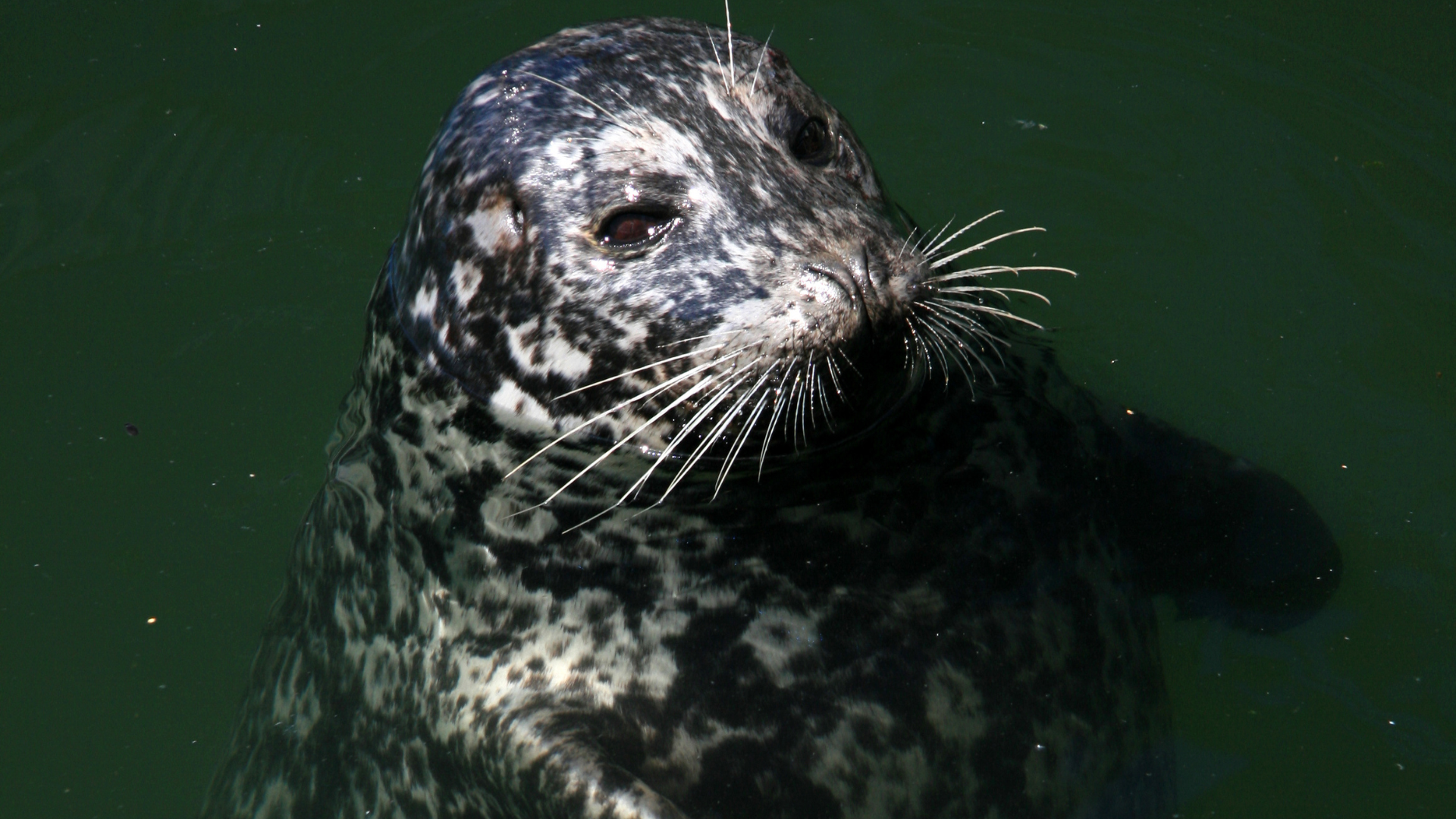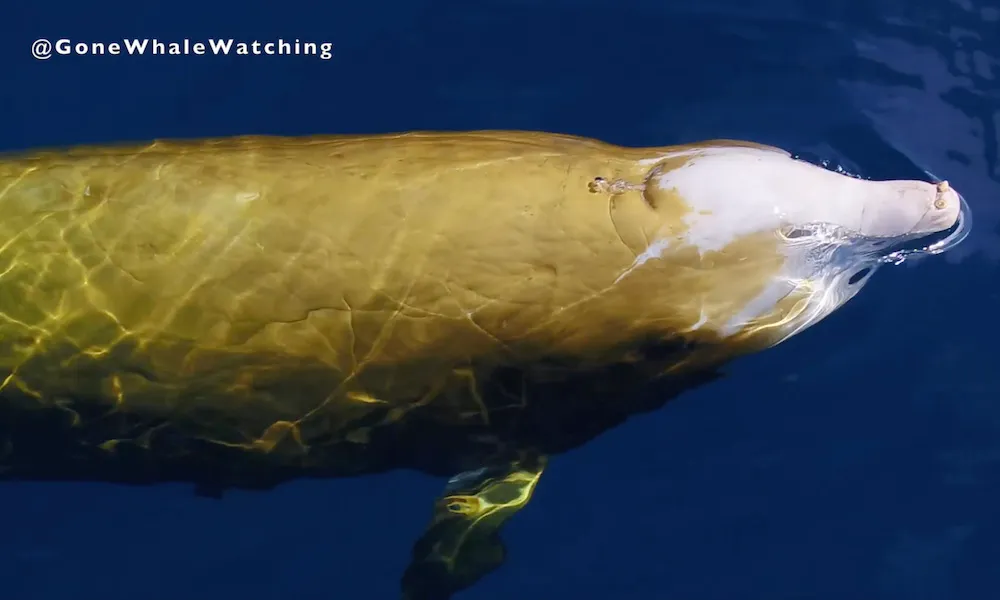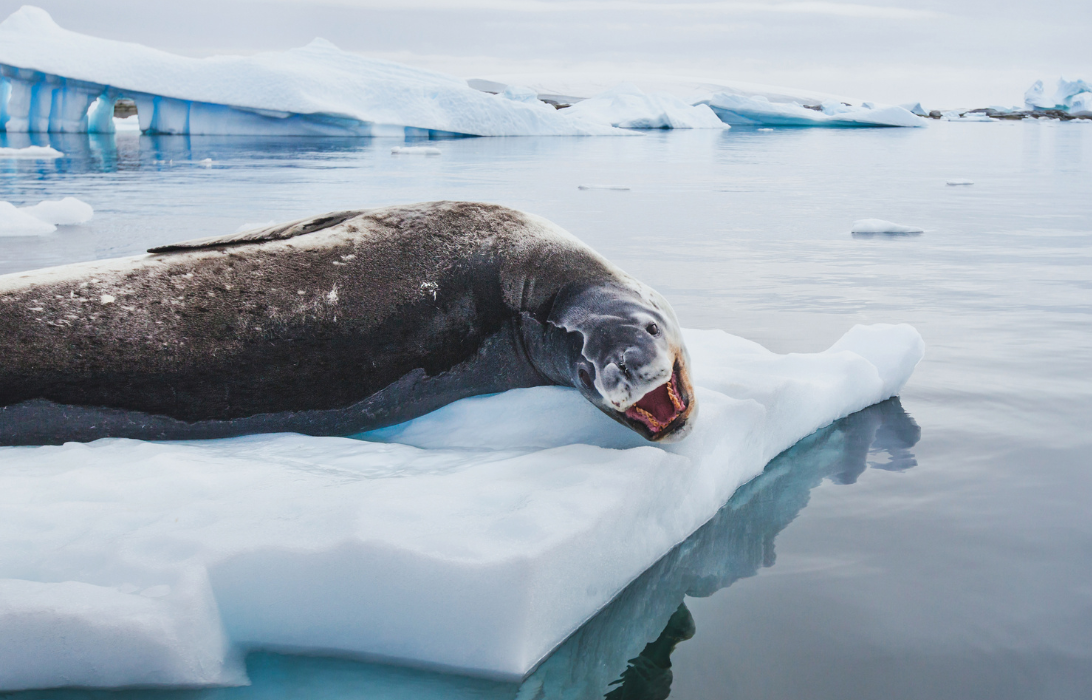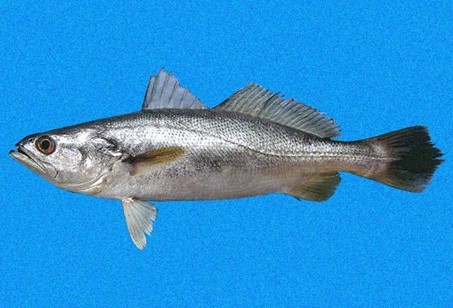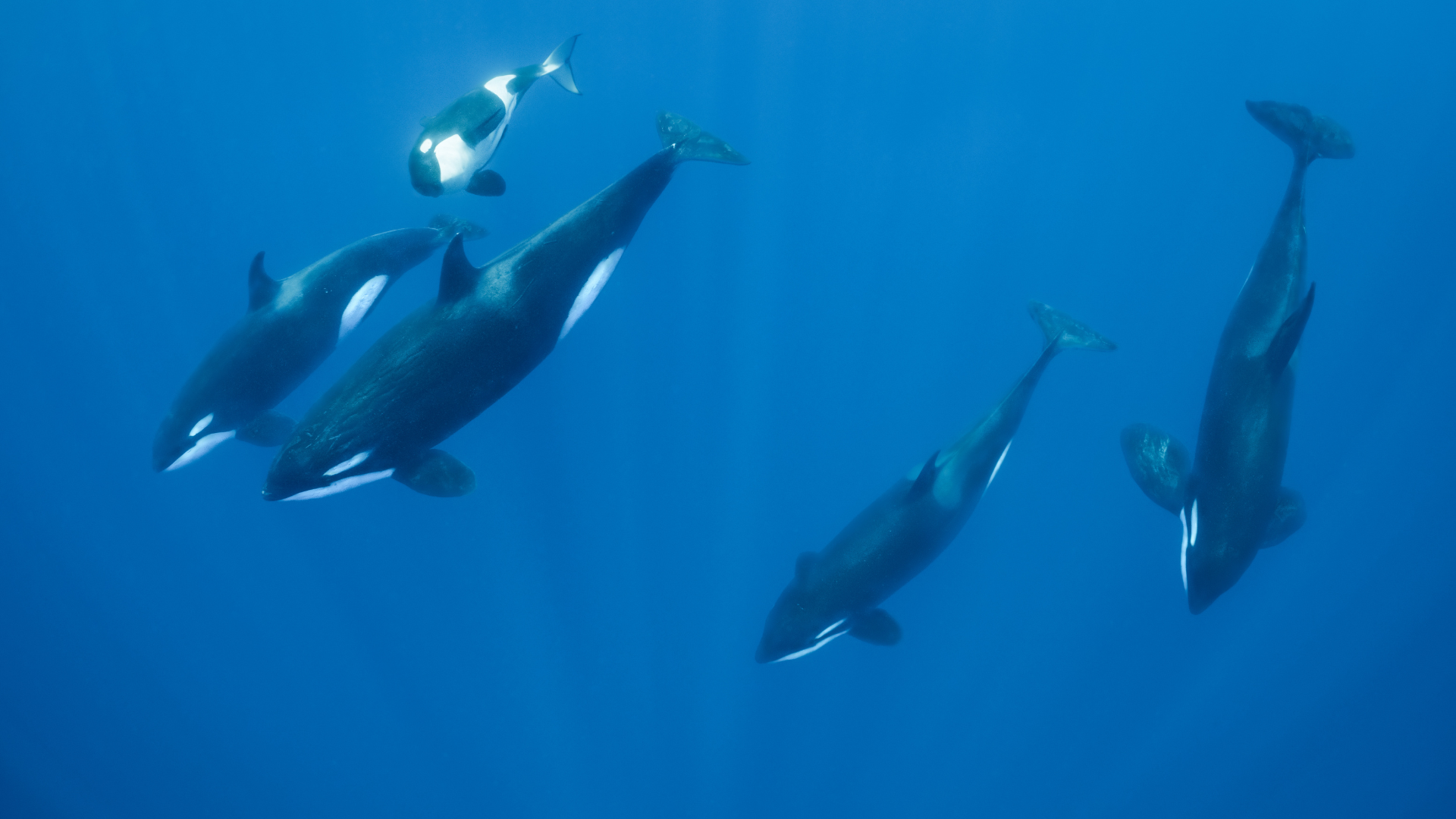Risso’s Dolphin Vocalizations
Risso’s dolphins unusual (and beautiful) looking cetaceans also have a variety of unusual features in their acoustic repertoire. They produce burst-pulses (buzzes) and combine them with highly synchronized whistles. Their characteristic sounds place them closer to orcas than any other dolphin species! Listen to their vocalizations in the audiograph below.
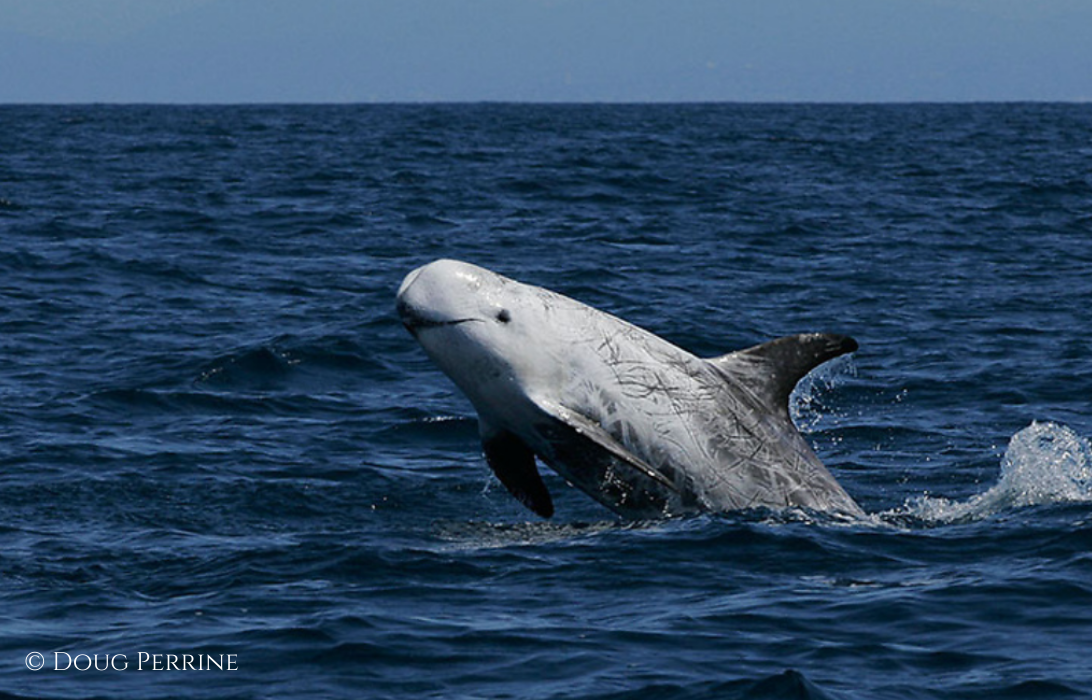
Risso’s Dolphin Vocalizations
Risso’s dolphins unusual (and beautiful) looking cetaceans also have a variety of unusual features in their acoustic repertoire. They produce burst-pulses (buzzes) and combine them with highly synchronized whistles. Their characteristic sounds place them closer to orcas than any other dolphin species! Listen to their vocalizations in the audiograph below.

Risso’s Dolphin Facts
LATIN NAME Grampus griseus
LENGTH 3m – 4m (10 ft – 14 ft)
WEIGHT 300 kg – 500 kg (660 lb – 1,100 lb)
LIFETIME 35 years minimum
PHYSICAL TRAITS 2nd largest of the Dolphins – Orcas being the largest. Their heavily scarred bodies are likely due to the loss of pigment during the healing process of skin wounds from teeth raking between dolphins, and circular markings from prey such as squid.
BEHAVIOR Risso’s dolphins exhibited seven separate vocalization types: broadband clicks, barks, buzzes, grunts, chirps, whistles, and simultaneous whistle + burst-pulse sounds. Broadband clicks were highly variable in duration, with a frequency range of 6 to >22 kHz.
HABITAT Prefer deeper offshore waters, especially near the edge of the continental shelf and slopes.
LOCATIONS Risso’s dolphins have a cosmopolitan distribution, meaning they can be found worldwide in temperate, subtropical, and tropical oceans and seas from latitudes 64° North to 46° South.
FOOD Primarily squid of all sizes
PREDATORS Orcas and sharks



